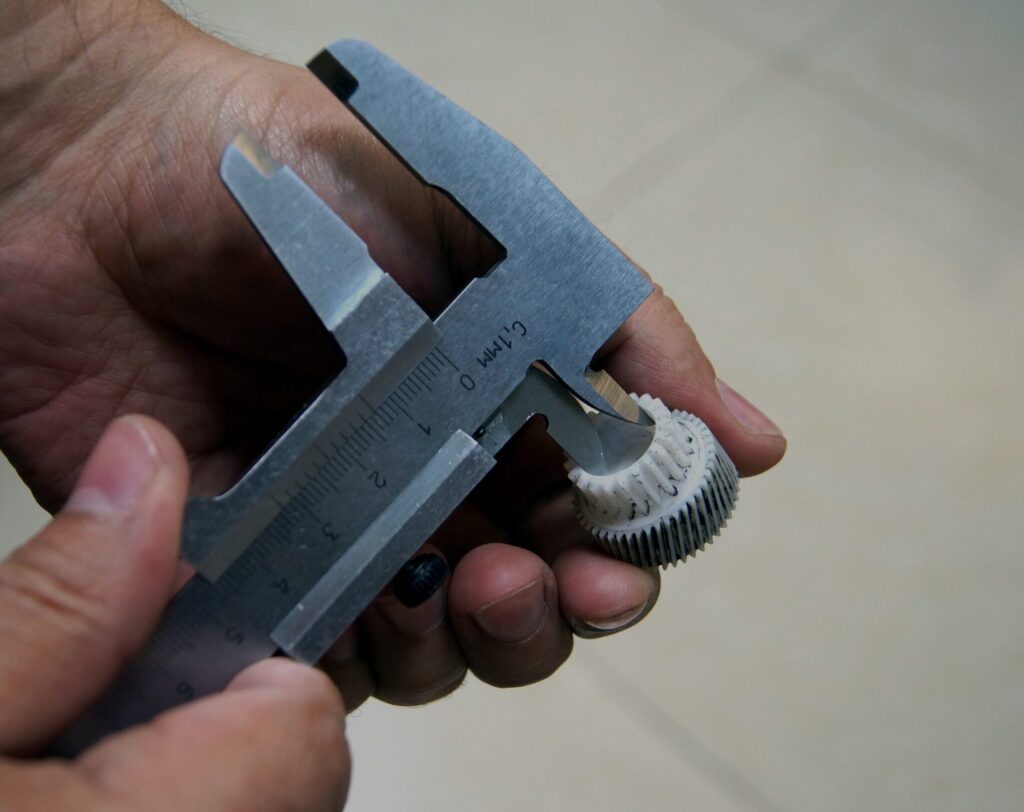
Injection molding is a widely used manufacturing process for producing plastic parts with great precision and efficiency. However, achieving the desired dimensional accuracy of the final product can be challenging due to various factors, including material properties and process parameters. One crucial aspect to consider in injection molding is tolerances, which determine the acceptable deviations from the intended dimensions. In this article, we will delve into the world of injection molding tolerances, focusing on standard requirements and the specific shrink rate of polypropylene.
What are Injection Molding Tolerances?
Injection molding tolerances refer to the allowable range of dimensional variations in a molded part compared to its intended design specifications. These variations can occur due to several factors during injection molding, such as material shrinkage, thermal expansion/contraction, tooling wear, and machine repeatability.
Why are Tolerances Important in Injection Molding?
Tolerances play a vital role in ensuring injection-molded parts meet their functional requirements and fit together correctly with other components or assemblies. Achieving tight tolerances helps prevent issues like part misalignment or interference that could compromise product performance or assembly quality.
Moreover, understanding tolerancing requirements enables manufacturers to optimize production processes by minimizing costs associated with rework or scrap caused by out-of-tolerance parts.
Standard Requirements for Injection Molding Tolerances
The International Organization for Standardization (ISO) has established standards for determining tolerance limits in various manufacturing processes. In particular, ISO 20457-1:2018 specifies general principles for dimensioning and tolerancing applicable to plastic moldings produced by injection molding.
Accordingly, these standards define three categories of tolerance classes based on increasing levels of precision:
- Standard Class: This class represents typical commercial tolerance levels suitable for most applications. Parts manufactured within normal tolerance limits are generally acceptable for functional purposes.
- Medium Class: Parts within the medium tolerance class possess tighter dimensional requirements than the standard class. These tolerances are typically employed when higher precision is needed, such as in applications with stricter fit or alignment requirements.
- High Class: The high tolerance class defines the most stringent dimensional requirements and is usually reserved for specialized applications that demand exceptional precision, such as optical components or medical devices.
Polypropylene Shrink Rate in Injection Molding
Polypropylene (PP) is a commonly used thermoplastic material known for its excellent chemical resistance, low density, and high impact strength. However, like most plastics, it undergoes a certain degree of shrinkage during cooling after being injected into the mold cavity.
Understanding and accounting for the shrink rate of polypropylene is crucial to ensure accurate part dimensions in injection molding processes involving this material.
The shrink rate of polypropylene can vary depending on factors such as:
- Crystallinity: Polypropylene exists in different crystalline forms with varying degrees of shrinkage. Generally, amorphous regions exhibit higher shrinkage compared to crystalline areas.
- Molecular Weight: Higher molecular weight grades of polypropylene tend to have lower shrink rates due to increased chain entanglement.
- Mold Temperature: Controlling mold temperature can influence the cooling rate of polypropylene and consequently affect its overall shrinkage behavior.
- Part Geometry: Variations in wall thicknesses or part design features can lead to differential cooling rates and non-uniform shrinkage across different sections of the molded part.
It is important to note that manufacturers should consult material suppliers’ data sheets or conduct their trials to determine specific shrink rates for their chosen grade of polypropylene under relevant processing conditions.
Understanding injection molding tolerances is essential for ensuring that molded parts meet their intended design specifications while considering the inherent limitations of the manufacturing process. By adhering to standard requirements and accounting for specific material properties like polypropylene’s shrink rate, manufacturers can produce high-quality plastic components that meet functional requirements reliably.
FAQs about Injection Molding Tolerances
- What factors influence tolerances in injection molding?
Several factors can influence tolerances in injection molding, including material shrinkage, tool wear, machine repeatability, and thermal expansion/contraction. Considering these factors during the design and manufacturing is essential to achieve the desired dimensional accuracy.
- How are tolerances specified in injection molding?
Tolerances are typically specified through a combination of plus-minus dimensions of geometric dimensioning and tolerancing (GD&T) symbols on engineering drawings. These specifications outline each feature or component’s acceptable range of dimensional variations.
- What is the role of mold design in achieving tight tolerances?
Mold design is crucial in achieving tight tolerances by ensuring consistent part filling, cooling, and ejection. Proper gating systems, cooling channel placement, and venting strategies help minimize variations caused by uneven cooling or improper material flow.
- Can injection molding machines achieve high precision tolerances consistently?
Modern injection molding machines equipped with advanced control systems can achieve high precision tolerances consistently when operated within their specified process windows. However, machine condition and maintenance can affect its ability to maintain tight tolerance levels over extended production runs.
- Are there industry-specific standards for injection molding tolerancing?
While ISO 20457-1:2018 provides general guidelines for dimensioning and tolerance requirements for plastic moldings produced by injection molding, some industries may have specific standards tailored to their unique needs (e.g., automotive or aerospace).
